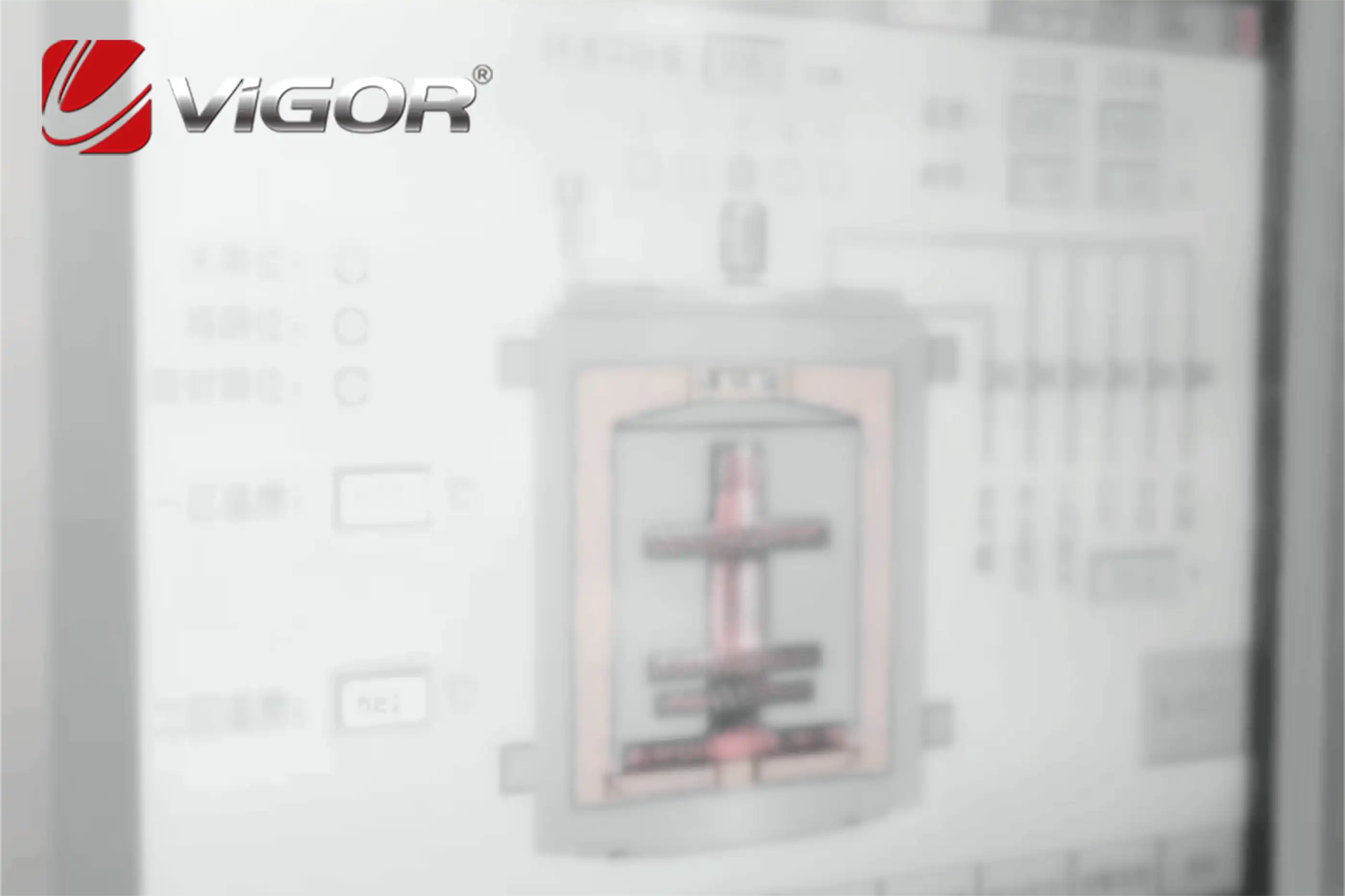
Knowledge
How to prevent heat treatment deformation of gear shaft
To prevent deformation of gear shafts during heat treatment, the following measures can be taken:
Preparation before heat treatment
- Select appropriate gear shaft materials: Based on the working conditions and performance requirements of the gear shaft, choose steels with good hardenability and low deformation tendency. For example, for heavy-duty gear shafts, micro-deformation steel grades such as 18CrMnNiMoA can be selected.
- Optimize gear shaft design: The design of the gear shaft should avoid complex shapes and uneven thickness as much as possible to reduce deformation caused by uneven internal stress distribution during heat treatment.
- Pre-heat treatment: During normalizing or quenching and tempering, maintain uniform furnace temperature and use workpiece fixtures. Do not stack the workpieces to ensure uniform heating and cooling.
Control during heat treatment
- Reasonable loading: Choose the appropriate loading method based on the weight and shape of the gear shaft. Light gear shafts can be hung, while heavy ones should be placed flat. Ensure that the outer edge has five times the oil flow rate of the inner edge to achieve thermal balance.
- Control heating temperature and heating rate: Use a lower quenching temperature and shorter heating time, and heat uniformly to reduce deformation. At the same time, rapid heating can reduce thermal stress and help reduce deformation.
- Select the appropriate cooling medium and cooling method: The oil temperature of the cooling medium is an important cause of deformation. Ensure uniform cooling of the gear shaft. Nitrate salt grading or hot oil quenching (controlling the oil temperature at around 140°C) can be used to reduce deformation.
- Use fixtures: Appropriate fixture clamping can limit the deformation of the gear shaft and improve the qualification rate after quenching.
Post-heat treatment processing
- Tempering treatment: After carburizing and quenching, tempering treatment should be carried out directly without cleaning to eliminate quenching stress and reduce deformation. The tempering temperature and time should be determined based on the material and performance requirements of the gear shaft.
- Mechanical processing coordination: According to the deformation law of heat treatment, reserve processing allowance and perform processing after heat treatment to improve the qualification rate of the product.
- Use other heat treatment processes: For example, using medium-temperature carbonitriding instead of carburizing or using press quenching methods can also effectively reduce the deformation of the gear shaft.
In summary, preventing the deformation of gear shafts during heat treatment requires a comprehensive approach, considering factors such as material selection, design optimization, heating and cooling control, fixture use, and tempering treatment, to ensure the quality of heat treatment of the gear shaft.
If you have any questions, demand,or new parts that need to be developed or improve your supply chain, please feel free to contact us atinfo@castings-forging.com




